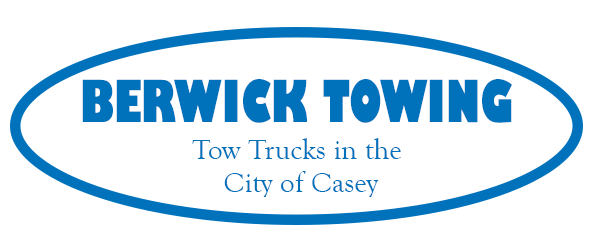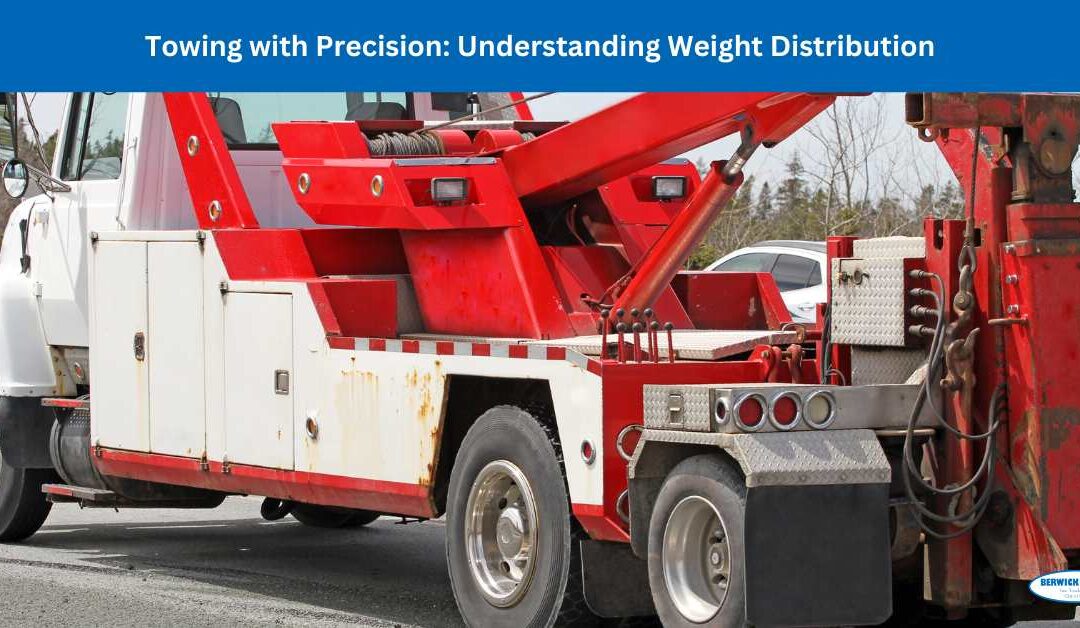When towing a vehicle, trailer, or any heavy load, maintaining proper weight distribution is crucial for safety, stability, and control. The weight distribution of a towed load affects steering, braking, and overall handling, which can make a significant difference, especially during long hauls or in challenging conditions. This guide will help you understand how to manage weight distribution effectively for safe and precise towing.
Why Weight Distribution Matters
The placement and balance of weight in a towed vehicle or trailer can dramatically impact how it handles. Poor weight distribution can lead to problems such as:
- Swaying or Fishtailing: Unbalanced loads are prone to sway, especially at higher speeds, making the towed vehicle difficult to control.
- Reduced Braking Efficiency: Uneven weight can lead to longer stopping distances and strain on brakes.
- Loss of Steering Control: If too much weight is distributed to the back or front, steering becomes compromised, making turns and sudden maneuvers difficult.
- Increased Tire Wear: Overloading any section of the tow vehicle or trailer can put excess pressure on tires, leading to premature wear or even blowouts.
Key Factors in Weight Distribution
- Tongue Weight
Tongue weight refers to the downward force exerted on the hitch by the trailer. Proper tongue weight is essential for stability:
- Ideal Tongue Weight: Typically, the tongue weight should be about 10-15% of the trailer’s total weight.
- Too Little Tongue Weight: Can lead to sway as there is insufficient force to keep the trailer stable.
- Too Much Tongue Weight: Overloads the rear axle, lifting the front wheels and affecting steering and braking.
Tips for Tongue Weight:
- Measure the tongue weight using a scale or a specialized tongue weight scale for accuracy.
- Adjust cargo placement in the trailer to achieve the correct tongue weight. Move heavier items toward the front if the tongue weight is too low.
- Axle Load and Load Balance
Balancing the load across the trailer’s axles is also critical:
- Front-to-Back Balance: Aim for a slight forward weight bias, with approximately 60% of the weight in the front half and 40% in the back.
- Side-to-Side Balance: Keep loads evenly distributed on each side of the trailer to prevent uneven tire wear and poor handling.
Tips for Balancing Load:
- Place heavier items in the center and lighter items towards the sides and rear of the trailer.
- Ensure items are secure and won’t shift during transit. Use tie-down straps or cargo nets.
- Center of Gravity
The center of gravity is the point where the trailer’s weight is balanced. A high center of gravity can make the load more prone to tipping:
- Lower Center of Gravity: Placing heavier items on the trailer floor or as low as possible helps reduce the risk of rollovers and increases stability.
- Avoid Overstacking: Avoid stacking items too high, as this raises the center of gravity and can cause instability on turns and rough roads.
Tips for Center of Gravity:
- Stack items as low as possible and avoid adding heavy objects on top.
- Use lightweight storage solutions or secure loose items to prevent shifting.
Tools and Accessories for Precision Towing
Several towing tools and accessories can help improve weight distribution and overall safety:
- Weight Distribution Hitch
A weight distribution hitch redistributes the load across the axles of both the tow vehicle and the trailer, helping maintain even weight balance:
Benefits: Reduces rear sag, improves steering and braking, and helps reduce sway.
Usage: Ideal for heavier loads or longer trailers, especially when tongue weight exceeds 10% of the tow vehicle’s total capacity.
- Sway Control Device
A sway control device reduces lateral movement in the trailer, which helps stabilize it, especially in windy conditions or at high speeds:
Types of Sway Control: Friction-based systems add resistance to the pivot points between the trailer and the tow vehicle, while dual-cam systems add stabilizing tension.
When to Use: Recommended for trailers that are prone to sway or for conditions that may cause instability, such as uneven roads or high winds.
- Electronic Brake Controller
An electronic brake controller synchronizes the trailer brakes with the tow vehicle’s braking system, providing more control during stops:
Benefits: Reduces stopping distance, prevents trailer push, and ensures smoother braking.
Usage: Essential for heavy loads, as it helps prevent brake overheating and reduces strain on the tow vehicle’s braking system.
Common Mistakes in Towing Weight Distribution
Even experienced drivers can make mistakes with weight distribution. Here are some common errors to avoid:
- Overloading the Rear of the Trailer: This causes the trailer to sway and makes steering more difficult.
- Neglecting Tongue Weight: Failing to measure or correctly adjust tongue weight can compromise stability.
- Ignoring Side-to-Side Balance: Uneven side-to-side loading increases tire wear and reduces handling precision.
- Overlooking Load Shifting: Unsecured items can shift during transit, altering weight distribution and potentially causing control issues.
Practical Tips for Safe Towing
- Double-Check Your Setup: After loading, check the tongue weight, ensure cargo is secure, and make sure the hitch is correctly attached.
- Use Your Mirrors: Wide-angle mirrors give you a better view of the trailer and surrounding vehicles.
- Plan for Long Stops: With extra weight, braking distances are longer, so allow for extra stopping room and reduce speeds.
- Test and Practice: Before a long trip, test your setup on short drives, especially if towing with new equipment or a different load.
Conclusion
Understanding weight distribution is essential for safe, stable, and efficient towing. Ensuring proper tongue weight, balancing loads, maintaining a low center of gravity, and using helpful tools like a weight distribution hitch or sway control device can make a significant difference in towing precision. With a properly balanced load, you’ll enjoy better control, reduced wear and tear, and a safer towing experience.
If you are in Berwick, Victoria 3806, Australia, and looking for a car removal service, this is the best way to visit us.
Contact Us
Berwick Towing & Transport
27B William Rd
Berwick VIC 3806
(03) 7035 7815
www..berwick-towing.com.au/

